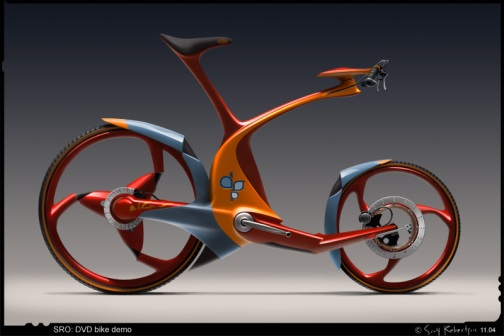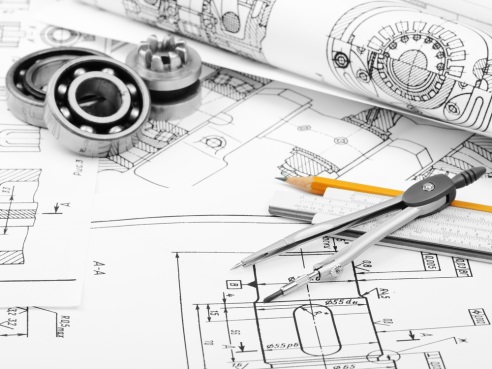


Protecting Designs - The Hague System
April 15, 2015
Categories:
Beitragsdatum:
15. April 2015 - 15:42
The Hague Agreement is an international registration system which offers the possibility of obtaining protection for industrial designs in a number of States and/or intergovernmental organizations by means of a single international application filed with the World Intellectual Property Organization (WIPO).
Introduction
The Hague Agreement is consist of four international treaties:
- Hague Agreement of November 6, 1925
- The London Act of June 2, 1934
- The Hague Act of November 28, 1960
- The Geneva Act of July 2, 1999
- The applicant must be a national of a Contracting Party or a Member State of an intergovernmental organization which is a Contracting Party
- or have a domicile in the territory of a Contracting Party
- or have a real and effective industrial or commercial establishment in the territory of a Contracting Party.
- only under the Geneva Act, an international application may be filed on the basis of habitual residence in a Contracting Party
Related
- "Neuschwanstein" is not a trademark!
- 14 June 2013: Munich Patent Law Conference - Calculating Damages in Patent Infringement Cases
- 15 Top Brands - Interactive Brand Rating - Years 2000 - 2018
- 2014: Statistics for Community Trademarks
- 27 June 2014: Munich Patent Law Conference – Burden of Pleading and Proof in Patent Infringement Cases
- 3D-Trademark Protection for layout of Apple Stores
- 40th Anniversary of the European Patent Convention (EPC)
- A backpack shape as a 3D trademark – a BoA decision of the EUIPO
- A case of „Bounty“ hunting in Germany
- A new report on the economic impact of counterfeit trade published by OECD and EUIPO



